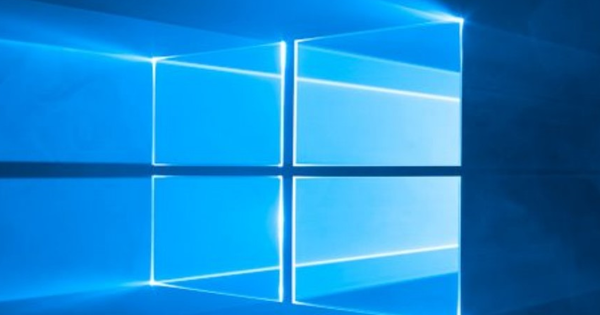Windows 10 is a great operating system, but updates are released quite often. And often at a time when you don't want to restart your computer. With this trick you only install the updates when it suits you.
Software as a Service
Microsoft has changed Windows 10 in terms of updates compared to the previous versions, so that updates are rolled out much faster. That's nice, because your computer is always up-to-date and errors in the operating system are resolved faster. Windows 10 is a so-called software as a service or become SaaS. But that also has drawbacks from time to time, because although the number of reboots for Windows 10 updates has changed significantly, some updates still require the computer to be restarted.
Also read: How to start Windows 10 in safe mode
Operating times
Fortunately, Microsoft has done a lot to limit the upate suffering. For example, there is the Usage times function. Sets the times at which the computer is used for important tasks. Within the time you specify there, for example from 9:00 am to 5:30 pm, Windows 10 may not restart the computer, or notify you of this. Outside those times, Windows 10 is allowed to do that.
Set operating times
To set Usage Times for your computer, proceed as follows: go to Institutions and choose Update and secure. Under the item Update Settings do you find the link Change operating times. There you can specify a start and end time, within which Windows 10 should not be restarted for updates. Set the time that is most convenient for you, for example from 8 a.m. to 8 p.m. Please note: there is a limitation on this time, which may not last longer than 12 hours. With a next major update of Windows 10, this will be extended to 18 hours, but for now you have to make do with this limitation.
Keep working calmly
After you set the desired usage time, click Save. From now on, Windows 10 won't bother you with an unplanned or unwanted reboot while you're in the middle of an important document or playing a game. So even if you are away from your computer for a while, you will not suddenly be surprised with a complete restart of your computer.

Windows upgrades
Microsoft also regularly performs major upgrades to the operating system, such as this year's major October update, which unfortunately still has some problems. A major update will always require a system reboot anyway, but these upgrades also generally take quite a while to install.
You can defer updates in the latest version of Windows 10 in the following way:
- Minor updates - up to 35 days after availability
- Feature updates - up to 365 days
(such as October Update, Creators Update, Fall Creators Updates etc)
- Quality updates - up to 30 days after availability
The option to defer upgrades can be found under Advanced options Bee Settings for updates.

Do you also have a burning question about Windows 10? Then ask it in our new Techcafe!

